The monsoon months in India bring significant rain, which is necessary for plants, but they also present challenges that can harm the health of the plants you grow. Excess moisture, fungal development, and pests are only a few of the concerns that may arise. To guarantee that your plants grow across the monsoon, you must take extra precautions. Here’s a step-by-step guide for protecting and nurturing your garden this season.
Pre-monsoon pruning
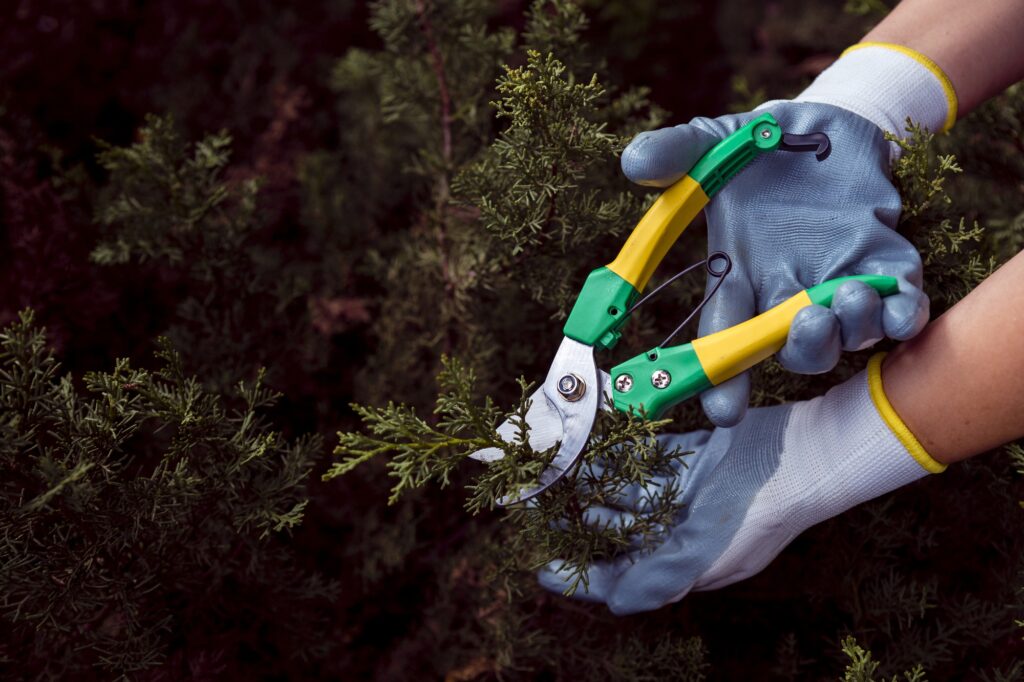
Trimming your plants is crucial before the monsoon season begins. It helps in a variety of ways.
Eliminate dead or diseased branches: Remove any diseased or infected branches to keep fungal diseases from growing during the humid season.
Optimize Air Circulation: Pruning improves the circulation of air, which is crucial during the wet season to prevent fungal growth.
Control Overgrowth: Cut back unwanted branches and stems, particularly in trees and shrubs, to keep them from becoming excessively heavy with moisture, which can cause breaking.
Check Drainage

Proper drainage is essential to prevent the accumulation of water, which can be damaging to your plants throughout the monsoon.
Examine Drainage Hole in Pots: Verify that all pots have proper drainage holes. If not, drill more holes to let excess water drain.
Clean up blocked drainage: If your yard includes drainage, make sure it is free of debris such as twigs and terrain that could obstruct water flow.
Raised Beds: To prevent rainwater from accumulating on ground plants’ roots, consider creating a raised garden bed.
Soil Care

Soil health is critical during the rainy season, as excessive rains can cause soil damage and nutrient loss.
Add Organic Matter: Compost or organic matter can enhance the soil’s structure and balance of nutrients. The organic matter serves to maintain moisture in at the same time minimizing waterlogging.
Mulching: Spread out an even layer of mulch (straw, leaves, or coconut husk) over the soil surface. Mulching helps to reduce soil erosion, preserve moisture, and control weed growth.
Monsoon Trimming

Plants grow quickly during the monsoon season due to an excess of water and humidity.
Regular Trimming: Trim your plants during the entire season to regulate excessive growth and keep them in shape.
Prune Weak Branches: Cut any weak or lanky branches that could break under the stress of rain.
Manage Size: Regular pruning makes sure your plants do not grow too tall and bushy, which might cause them to topple over.
Insecticides and pesticides

The monsoon season is when pests and insects flourish, causing major harm to your garden.
Natural insecticides: Use insecticides such as neem oil or garlic spray, which may help safeguard your plants against pests. These are both safe and effective at eliminating pests like the aphid caterpillars and the whitefly.
Fungicides: To prevent fungus infections, apply fungicides that include copper-based sprays, particularly on plants that are susceptible to diseases caused by fungus, such as tomatoes and roses.
Regular Monitoring: Inspect the plants at regular intervals for symptoms of pests or diseases, and take action as soon as you spot any issues.
Feed Fertilizers
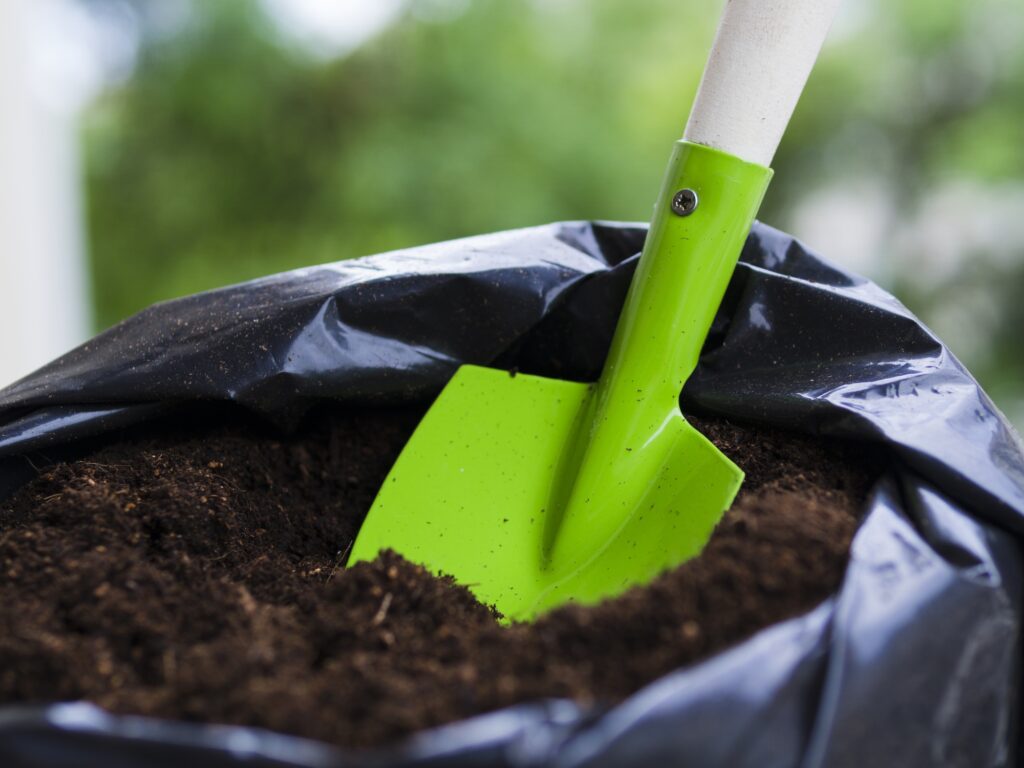
Plants require additional nourishment during the monsoon season to sustain their rapid development.
Organic Fertilizer: Use organic fertilizers such as composting, vermicompost, or cow manure. These have a slow discharge of nutrients and are useful during rainy weather.
Liquid Fertilizer: Use liquid nutrients or foliage sprays straight on the leaves to provide a fast nutrient boost. This is particularly useful for potted plants.
Balance Fertilization: Avoid over-fertilizing, since this might result in excessive growth that is difficult to manage during the monsoon.
Pot Shifting
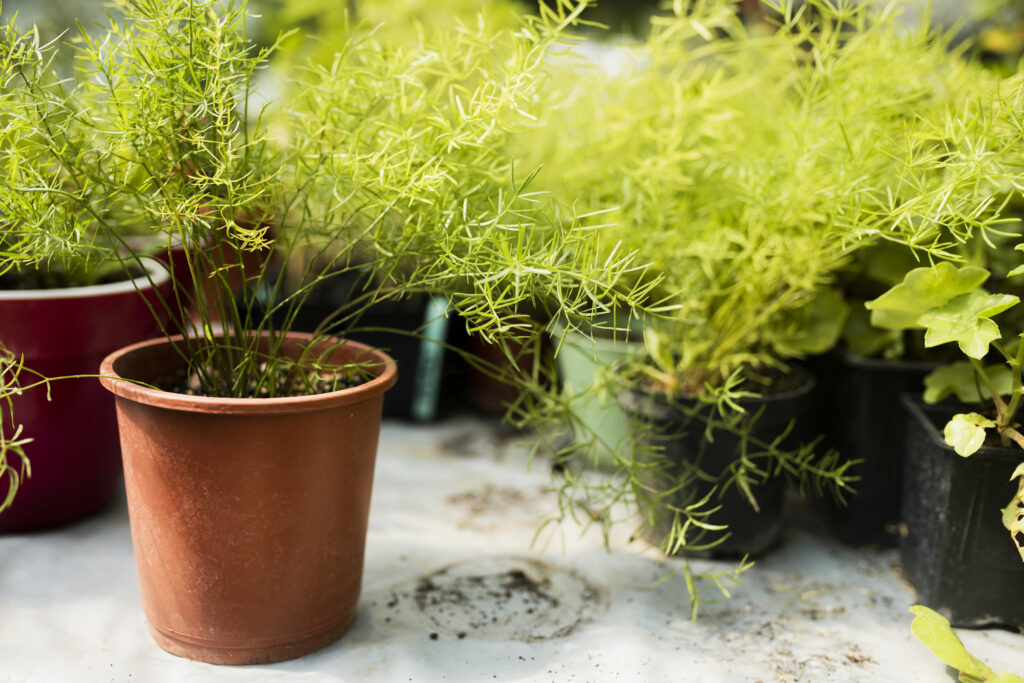
If you’ve got potted plants, then you may need to relocate them in the monsoon to safeguard them.
Move to Sheltered Areas: While it’s raining heavily, move your pots to secure spaces like verandas or balconies. This reduces waterlogging and protects delicate plants.
Rotate Sunlight Exposure: Although rain is vital, some plants may require more sunlight. Once the rain stops, relocate over to more bright areas to ensure they continue to receive adequate light.
Watering Schedule
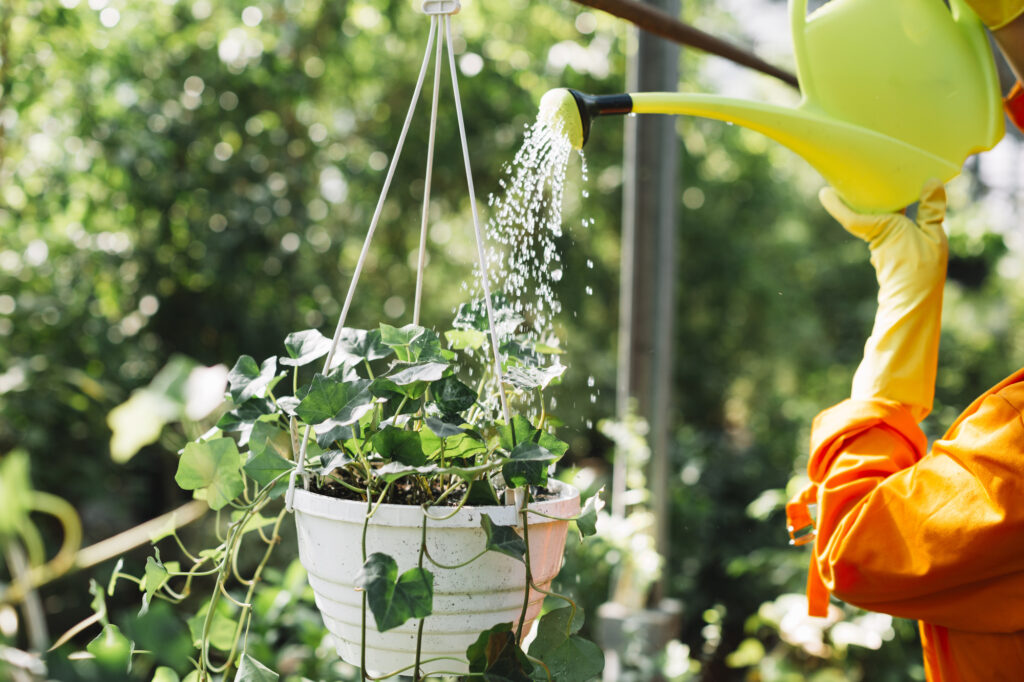
The rainy season can disturb your normal watering schedule.
Minimize Watering: Under natural rainfall, you’ll have to hydrate your plants less often. Before watering, check the soil moisture level.
Avoiding overwatering: excessive watering might cause root rot. Make sure the soil is well-draining and water only when needed. Irrigate in the Early Morning: If you require water plants, try to do it early in the morning. This lets excess water drain during the day while preventing fungal growth.
Study and Learn
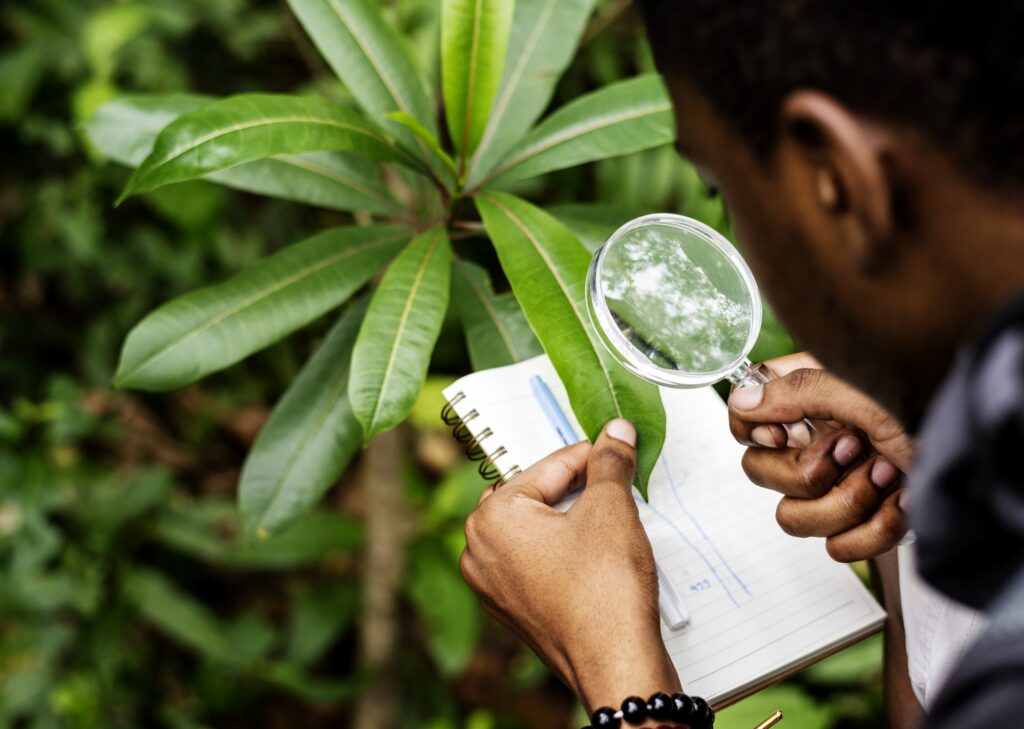
Each monsoon season is unique, as are the plants’ needs.
Staying Aware: Read up on the plants’ special needs throughout the rainy season. Maintenance actions may differ depending on the species.
Local Advice: Consult a local gardener or nursery who is proficient with rainy-season planting in your area.
Observe Your Garden: Keep a close eye on your garden to track how the plants react to the weather and change your maintenance practices as required.
Which Plants Are Suitable for India’s Monsoons?

Some plants flourish in the monsoon period and are well adapted to the Indian climate.
Ferns: Such shade-loving plants thrive in the monsoon’s humid environment.
Tulsi: Tulsi is a tough herb that thrives in rainfall and grows rapidly during the monsoon.
Marigolds: These colourful flowers are pest-resistant and flourish beautifully throughout the rainy season.
Jasmine: This aromatic plant excels in the monsoon season and provides a lovely scent to your landscape.
Turmeric and ginger: These rooted root plants thrive during rainy seasons and make great companions to any monsoon garden.
Lemon Grass: Lemon grass is a tough herb that grows well in times of rainfall and can be utilized for cooking and herbal drinks.
Rain Lily: Rain lilies blossom in response to monsoon rain, producing vibrant color for the environment.
FAQs about Monsoon Gardening in India
Q1: What can we do to prevent root rot throughout the monsoon season?
To ensure proper drainage, select well-drained soil and containers with holes for drainage. Avoid overwatering, and drain all additional water from trays under pots.
Q2: Should I start sowing freshly collected seeds amid the monsoon?
Yes, the monsoon season is great for growing some seeds, such as coriander, fenugreek, and marigold. Simply make certain the soil remains well-drained.
Q3: How do I safeguard my plants from high winds and rain?
Support taller plants by utilizing stakes or supports. Place potted plants in sheltered places or use windbreaks such as mesh or netting.
Q4: Can I fertilize plants during the monsoon months?
Indeed, but utilize organic or slow-release fertilizer. Avoid chemical fertilizers, which can readily wash away in strong rains.
Q5: What can I do if my plants become infested by fungi during the monsoon?
Prune the damaged sections right away and apply an organic fungicide to the plants. Trimming increases air circulation and prevents overcrowding.
Conclusion
The monsoon season may be both beneficial and challenging for gardeners. With proper attention and care, you can preserve and nourish your plants, ensuring that they survive during the rainy season. Following these pruning, drainage, soil care, and insect control measures will prepare you to face the difficulties of monsoon gardening. Accept the season and enjoy seeing your garden bloom with fresh growth and life.


